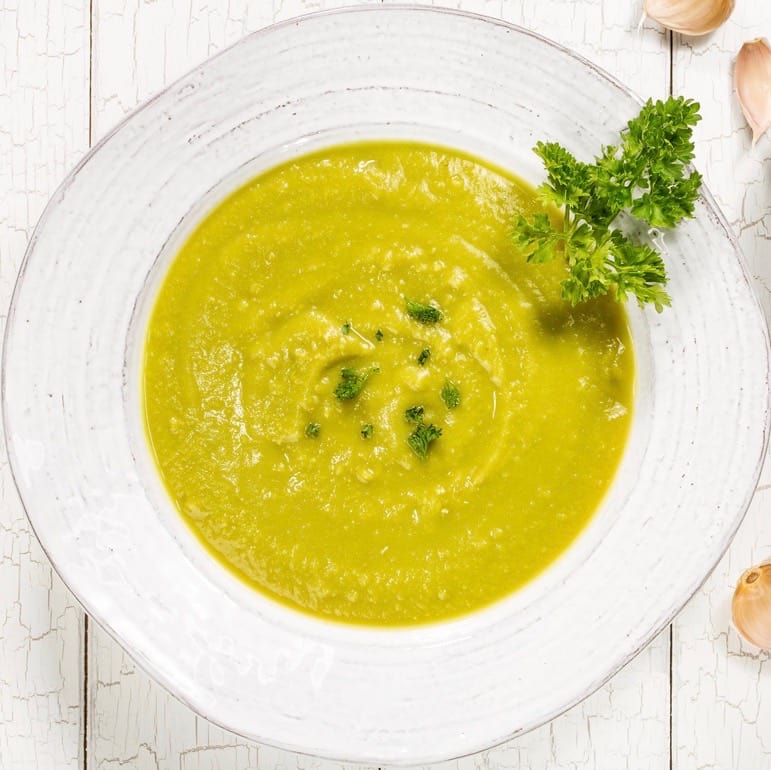Hospital food. What comes to mind? Is it a mouthwatering, colorful plate of fresh, whole foods? More likely it’s a hospital tray with items shaded in a monotonous palette of white and yellow, punctuated by brightly colored sugary beverages and desserts.
How did hospital food get to be that way—and what are the consequences?
Hospital food service, like all other hospital departments, are typically regarded as separate business units or “cost centers.” Like other cost centers, not only are they expected to turn a profit, but they are routinely assessed for patient satisfaction. A subpar patient rating can incur a number of adverse consequences for the management of hospital food services.
That helps explain why hospital meals are often designed to provide “comfort food,” including hot dogs, soda, and sugary desserts. The rationale behind the ratings-oriented hospital meal offering is to give patients the food they want—whatever it is. Underlying this plan is the well-meaning but misdirected idea that hospitalized patients are already suffering enough, so they might as well take comfort in their food.
But is hospital comfort food really a good idea?
Most people are aware that long-term eating habits have a major impact on health, but few realize that even a single poor-quality meal can trigger an immediate undesirable impact. Normally, our arteries are quite elastic and distensible— a critical property that allows all of our arteries, including the delicate vessels that supply the heart, to quickly expand and allow more blood to flow in times of need. But a clever study of arterial function showed that the normally generous capacity of the arteries to enlarge can be abruptly stunned after eating even a single fast-food meal. Not a good plan for anyone, least of all a patient hospitalized with a coronary condition.
The fallout from poor hospital food can extend far beyond the hospital stay
It’s logical for patients to believe that the inpatient meals they receive are good for them, or at least tacitly approved by the hospital staff. If they’re served hot dogs in the hospital, why shouldn’t they feel good about eating them at home? How are they to know, for example, that the World Health Organization has concluded that processed meat is carcinogenic?
On the flip side, admission to the hospital could be a remarkable opportunity as a “teachable moment”—a chance for patients to learn and experience craveable foods that promote health rather than cause disease. Imagine if hospital meals consisted of delicious preparations of vegetables, fruit, beans and whole grains, to which could be added, if patients request, healthy preparations of fish or condiment-sized portions of other protein.
What if hospital food were a means of teaching patients about good health?
Even better if such meals could be paired with consistent messages from the hospital dietary, nursing, and physician teams that healthy eating is a critical component of recovery and continued good health. Doing so would make it easier for patients to understand why they weren’t being served foods they might be more accustomed to eating—and ones that perhaps contributed to their reason for being hospitalized in the first place.
What’s needed is more than simply a change in patient food offerings—but a transformation of culture throughout the hospital.
Patients could then better understand that new medicine might be introduced during the hospital stay that will be necessary for future health—but so might new food choices be essential as well.
References:
Arterial Function Impaired After Poor-Quality Meal
World Health Organization Statement on Processed Meat
Interested in eating better for your own health?
Learn the essentials of good nutrition in our interactive, user-friendly nutrition learning program for the public.
Clinicians: Do you feel confident responding to patient questions about nutrition?
Take our award-winning condensed interactive nutrition CME—and learn what every clinician should know about nutrition.



